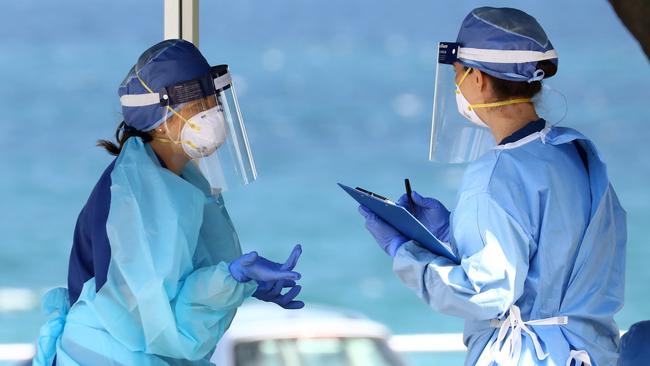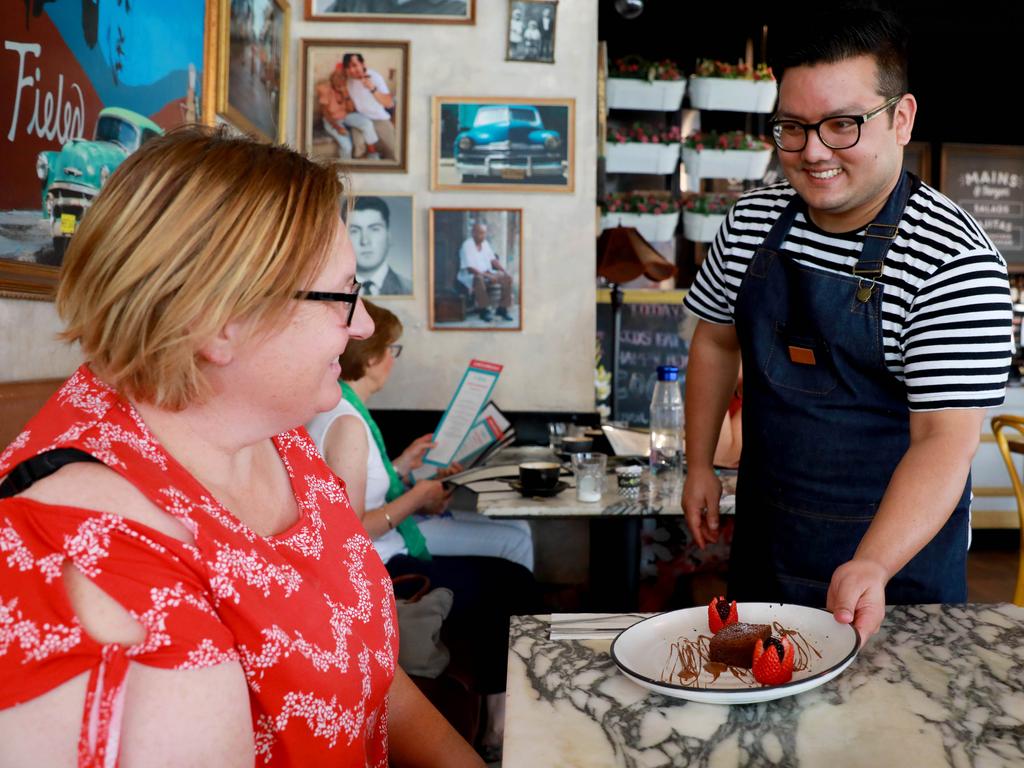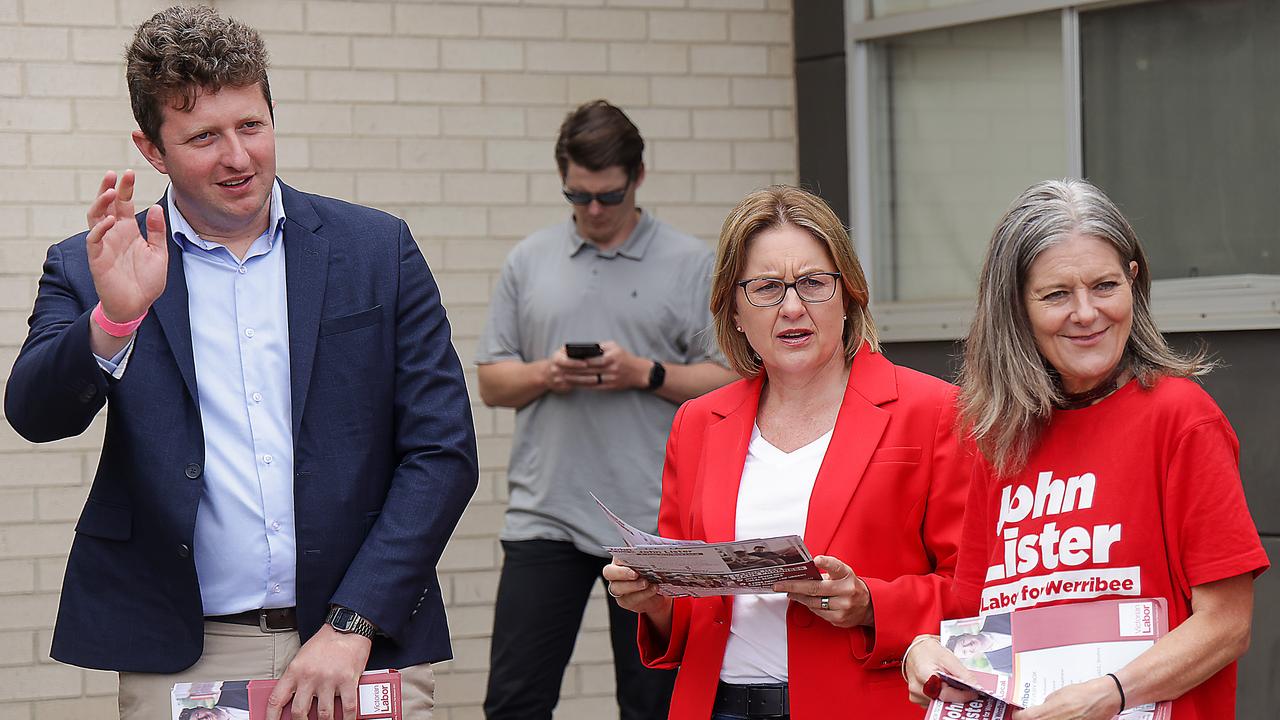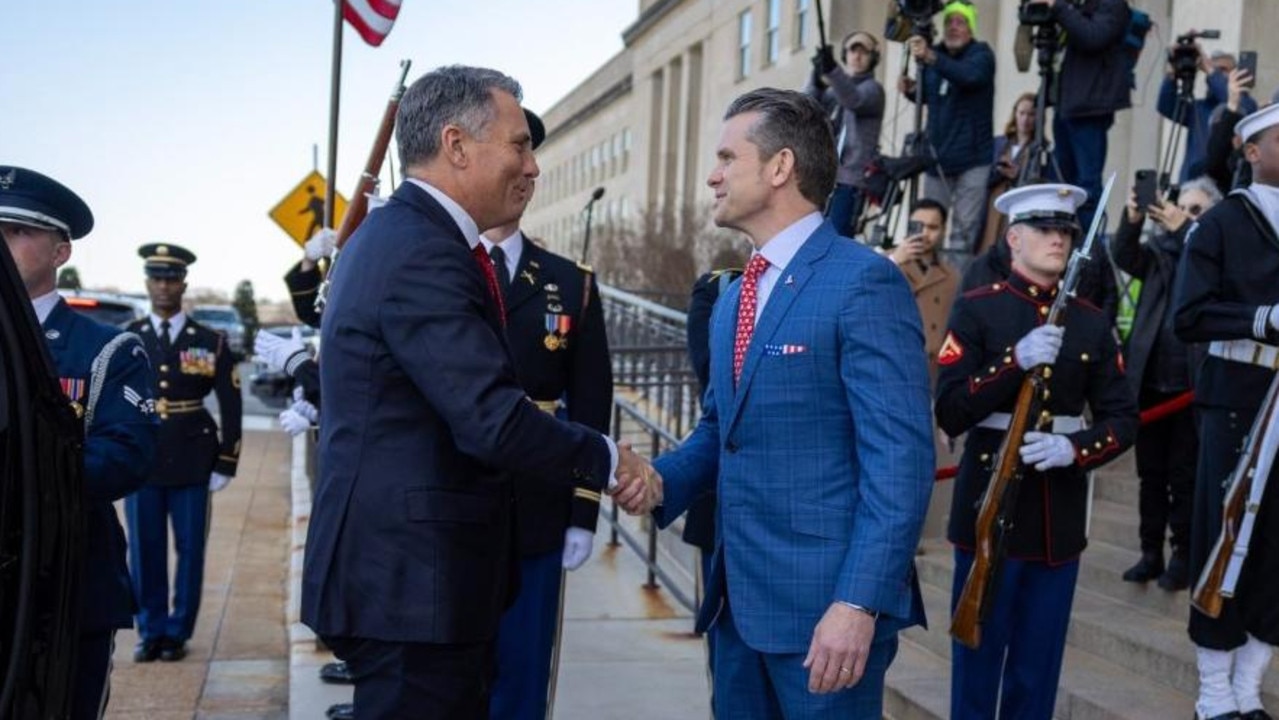Coronavirus: Push to let COVID—19 infect us slowly
A plan to ease social-isolation rules and expose Australians to COVID-19 in manageable doses is being considered.

A long-term strategy to ease social-isolation restrictions and expose Australians to COVID-19 in manageable doses, without overwhelming the public health system, is being considered by the country’s chief health officials and some NSW government ministers.
As infection rates continue to fall across the country, The Australian has learned suppression strategies may eventually be eased — if only slightly, and in a staggered form — as part of an effort to expose healthy Australians to the disease to lift immunity rates.
The Australian Health Protection Principal Committee, which provides advice to the National Cabinet, had been modelling scenarios for how to deal with COVID-19 if a vaccine is not developed. Some NSW government ministers are agitating for the state to recalibrate social-distancing measures currently in force. Some believe that not only are they damaging the economy, but they are viewed as unsustainable if the virus were to continue through the rest of 2020.
terms.”
Last Wednesday, NSW Health Minister Brad Hazzard and NSW Chief Health Officer Kerry Chant held a conference call with a large number of NSW MPs in which the pros and cons of suppressing the virus were weighed up. One MP said they were told that if the state were to try to contain the virus entirely, as some states have attempted to do by shutting their borders, it could leave the NSW community at a disadvantage. “If that was the approach, we’d end up with a large portion of the population who are still susceptible, with no immunity,” the MP said, citing remarks made by Dr Chant.
A senior NSW health official told The Australian that controlling the spread of contagion remained an absolute priority to prevent hospitals and intensive care units being overrun by patients, particularly during the Easter holiday period.
But eventually increasing levels of community immunity through exposure to the virus could provide an answer for society to return to a state of normalcy, particularly given the uncertainty about when or if a vaccine can be developed for COVID-19. “People have to get sick for this to pass,” said a senior government MP.
This could involve partial lifting of social-distancing restrictions for people known to be less vulnerable to the virus, such as schoolchildren, or young people less likely to die from the illness.

“We do need it to go through the community at a gentle pace,” the official said.
School-aged children and young adults were “the least likely to have symptoms — it would start to increase the herd immunity for the country”.
NSW Premier Gladys Berejiklian said on Tuesday that although restrictions could be eased in the future, social distancing was the new “way of life’’ until a vaccine could be developed.
Since social-distancing restrictions were put in place, NSW has been buying time to enhance its healthcare capacity to prevent a rush on facilities — infection rates have been dropping steadily, reaching lows of 49 reported cases on Monday night, while intensive care capabilities have been lifted.
In NSW, which has the highest concentration of COVID-19 cases, the government has been working to quadruple the number of intensive care beds from its current 874 capacity, including 730 with ventilators. Australia has recorded a total of 5908 COVID-19 infections and 48 people have died. There are currently 305 people in hospital with the illness, with 93 in intensive care units nationwide, 37 of them requiring ventilators.
The usual capacity of intensive care units around the country is approximately 2200 beds, but the federal government has set a goal of having 7500 ventilator-equipped ICU beds in public and private hospitals. Even at that level of capacity, infections would need to be kept under tight control in order not to overwhelm hospitals.
The NSW official said: “The issue for us in Australia is that at some point you’ve got to start weighing up the consequences. If this goes on for six to 12 months, that could do much greater destruction to our economy and lifestyle than the virus is doing to us in the real
Infectious disease physician and microbiologist Peter Collignon said social-distancing measures could not continue indefinitely, and governments were going to have to grapple with the question of how many people they were prepared to let the virus infect. “If we flatten the curve too much and have no immunity in the population, we might be in a worse position than the US or Italy come six months’ time,” he said.
“But the trouble with the idea of building up herd immunity, which I think Sweden seems to be following, is you’ve got to get to 60 or 70 per cent of the population infected.
“The trouble with that is that with the mortality rate of this virus, that’s an awful lot of deaths. So I’m actually not sure I think that’s the best idea.”
Professor Collignon, from the Australian National University, said he did not think it was a good idea to lock down everybody to the degree that was being experienced in Victoria or NSW.
James McCaw, an infectious disease modeller with the Doherty Institute, said that if social-distancing measures were relaxed, the numbers of infections would skyrocket.
“We know that our population is still largely susceptible, and so if we relaxed and went back to normal we would see a rapid and explosive resurgence in epidemic activity,” he said.






